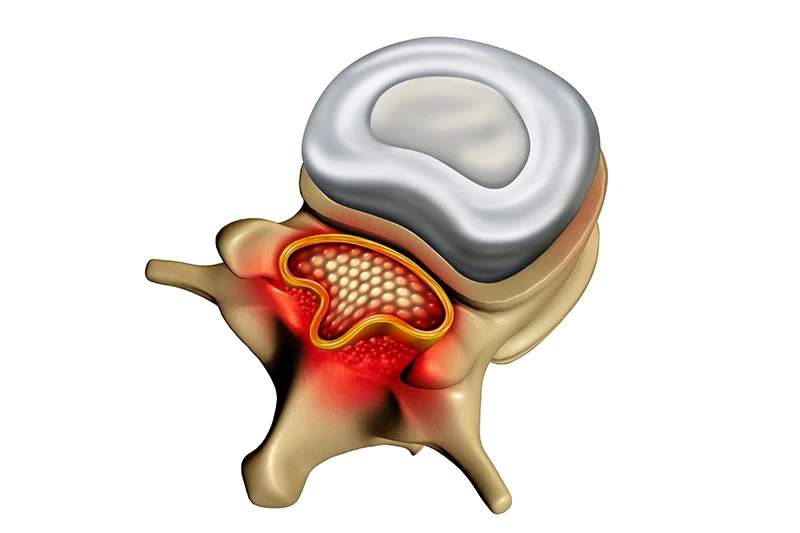Chiropractors are sought by patients for neck and lower back pain relief. When a patient initially sees me for chiropractic care, I may take spinal x-rays of the area of their complaint. This article will discuss the history of how chiropractic and x-rays are related and the importance of x-rays in the diagnosis and treatment for spinal pain relief.
Forms of manipulation
There is historical evidence that forms of manipulation of the spine for back pain have been utilized for over 5000 years. The modern area of spinal Wirbelkanalstenose manipulation began in 1895 in America when Daniel David Palmer first successfully started treating patients with spinal adjustments for misalignments. Dr. Palmer soon realized how chiropractic care could benefit people suffering from back and neck pain and started a school to train future chiropractors which became the Palmer College of Chiropractic.
Interestingly, also in 1895, Wilhelm Conrad Rontgen is credited with developing the first use of x-ray. In 1901 Rontgen was awarded the first Nobel prize in physics for his discovery. The relationship between x-rays and chiropractic continues through today.
While attending the five years of doctorate training at a chiropractic educational institute, students obtain extensive schooling in the process of taking x-rays and reading and evaluating radiographs. Most people know that an x-ray tech must undergo a rigorous course of study to learn their profession. In a chiropractic college, students are required to obtain a similar degree of tutelage. In fact, at the National College of Chiropractic, the school that I attended, we were trained by certified x-ray physicists and technicians. Upon learning the skill of taking x-rays, chiropractic students then must learn to read and interpret x-ray images.
Chiropractic students have numerous courses of x-ray interpretation which include conditions such as bone fractures and dislocations and pathologies such as cancer, infection and arthritis. Chiropractic scholarship also focuses on biomechanics, which is simply evaluating images for segmental malpositions and misalignments, postural distortions, scoliosis, ligamentous instabilities, etc. Leading scientific research journals have confirmed competency of chiropractors in reading and interpreting spinal x-rays.
The decision to take x-rays on a patient is a clinical call by the chiropractor. This decision is a combination of complaint, history and examination findings.
A research study at the National College of Chiropractic showed the results of a review of all radiographic examinations performed during the 1982 calendar year. The authors of the article stated: "The use of plain film radiography has long been a staple of the chiropractic profession. Radiographic examinations are a valuable tool in the chiropractor's diagnosis of the patient's condition."
There are many benefits for both the chiropractor and the patient to having spinal x-rays to assist in the analysis, diagnosis and treatment of spinal symptoms.
Causes of Lower Back Pain - Best Ways To Identify Them
When people experience lower back pain, the first thought that comes to their mind as some of the main causes are lifting heavy objects improperly or hunching over a desk all day. Even though these are among common reasons for this type of pain, they are not the only ones.
Different factors like bad posture, overworked muscles and muscle straining are well known causes of back pain. In addition, risk factors like elderly, size and shape of the spine, smoking, long drives and stress from work are also common causes of discomfort in this area.
Mechanical causes
Mechanical causes are brought about by spine's position and functional abnormalities. Straining of muscle is one of the main causes of lower back pain under this category. It happens when a person does not know the limit of using its muscles and as a result he/she over strains or stretches muscles causing lower pain. Strain is common when doing laborious works that requires long periods of standing and sitting. Likewise, while doing exercises, stretching before and after a rigid workout is essential. If it is not applied, muscle straining occurs.
Osteoarthritis is common among old people. When getting old, the bone joints are stated to degenerate resulting in tender, stiff bones and become one of the reasons behind the pain. Spinal thinning is also another factor that can help the discomfort to spread.
Physical causes
One of the serious causes of back pain is a kidney infection. The problem with kidney infection is that it has little or no symptoms until the condition is already serious. Low back pain may occur due to this infection. So, if a person has sudden pain even when he hasn't done any muscle straining, then it is essential to consult a doctor immediately. In rare cases, spreading of cancer cells to the different parts of the body causes spinal ache.
Neurological causes
Pinched nerve is the common neurological disorder that causes spinal pain. Nerves are the messengers of brain and it carries the information from the brain to all parts of the body. Pinched nerves can't take its functions properly and causes massif spinal pain.
Biomechanical causes
These are the common causes of spinal pain. Poor posture is the main cause, as the back, buttocks, abdomen and head are not positioned properly when sitting, standing and even sleeping.
Psychological causes
Research shows that there is a striking relation between pain and psychology of a person. This is known as stress related pain. Depressions, anxiety, anger, stress, lack of effective coping skills are some psychological causes of vertebral column pain. Person's belief to control pain also has immense impact. If a person is emotionally stressed, he could start suffering from back pain.
If left untreated, this type of problem can account for more complications. By knowing the causes of lower back pain, you can prevent it or at least reduce the impact.
0


